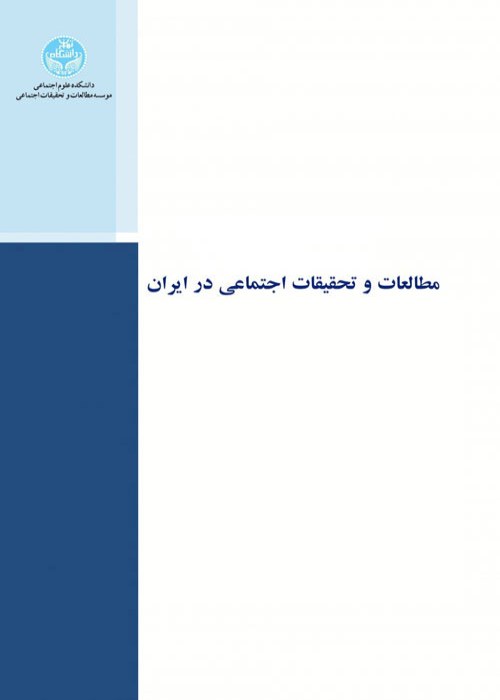Critical Ethnography of the Commodification of Education in the Suburbs of Sanandaj City
The situation in societies where inequality is prevalent manifests itself in ways in which inequality is assumed to be natural and related to the socioeconomic status of individuals and social groups, the space that establishes relationships, produces and reproduces inequality. This causes many changes at the community level that go beyond the individual and family dimensions and also shape social, economic and cultural structures and relationships. One of the most important areas is education, which has always been studied theoretically and empirically and has been subject to changes and developments. One of these changes, which has become an instrument for important and constructive change through the educational institution and its philosophy, is the “commodification” of education. Generally, this term is used to describe how a consumer culture is created in daily life through a series of clever and hidden processes that encompass all aspects of the existence of social life. In other words, education has come under the control of the economic sphere and, as a link in the chain, has influenced the system of inequality. Therefore, taking into account the approaches of Marx, Lukacs and Polani to the commodification and domination of market relations, we try to formulate this concept. Using these descriptions, we can ask: “Under what conditions has commodification occurred in education in suburban Sanandaj, and in what social context does it create inequality? And how do education administrators and teachers in these neighborhoods interpret the status quo?”
The method used in this study, which is objectively grounded, is critical ethnography derived from Karaspiken’s five-step methodology, which aims to critique and change the status quo. The study area was the suburb of Sanandaj and data collection was done through semi-structured interviews with 35 teachers and directors of education in the city of Sanandaj.
Findings indicate that the monolog-based data (initial and general assumptions of the researchers) are consistent with and confirm the data obtained from the interviews (dialog-based). Interpretation of the data concepts suggests four secondary categories: Differentiation through education, tendency toward private education in upscale urban areas, limited access to educational facilities and opportunities in marginalized areas, and extreme poverty of marginalized families. Analysis of these secondary categories shows that education has become an important tool to differentiate upper class families from other families in other areas, including marginalized areas. The tendency of the upper and affluent classes to “special schools,” “remedial classes,” “nonprofit schools,” and “private teacher employment,” as well as the “purchase of educational and cultural products,” etc., show the distinction that students make. Marginal areas have less or no share in these facilities. This occurs in a situation where, due to the commodification of education and the privatization of education, the inclination of upper class families to private and non-government schools has increased. This is less common in marginalized areas. Due to the economic and cultural poverty of families, public schools with low facilities for students and their families are prevalent in these areas. This is related to the neglect and institutional rejection of education manifested in inadequate resources and facilities in marginalized areas.
The explanation of these categories indicates that not everyone has access to education and the resulting inequality is exacerbated, especially in marginalized areas. Therefore, if we are to adopt a solution and proposal to address urban inequality, we must first address educational inequality to provide access to education for all while improving facilities and opportunities in the suburbs.
- حق عضویت دریافتی صرف حمایت از نشریات عضو و نگهداری، تکمیل و توسعه مگیران میشود.
- پرداخت حق اشتراک و دانلود مقالات اجازه بازنشر آن در سایر رسانههای چاپی و دیجیتال را به کاربر نمیدهد.


